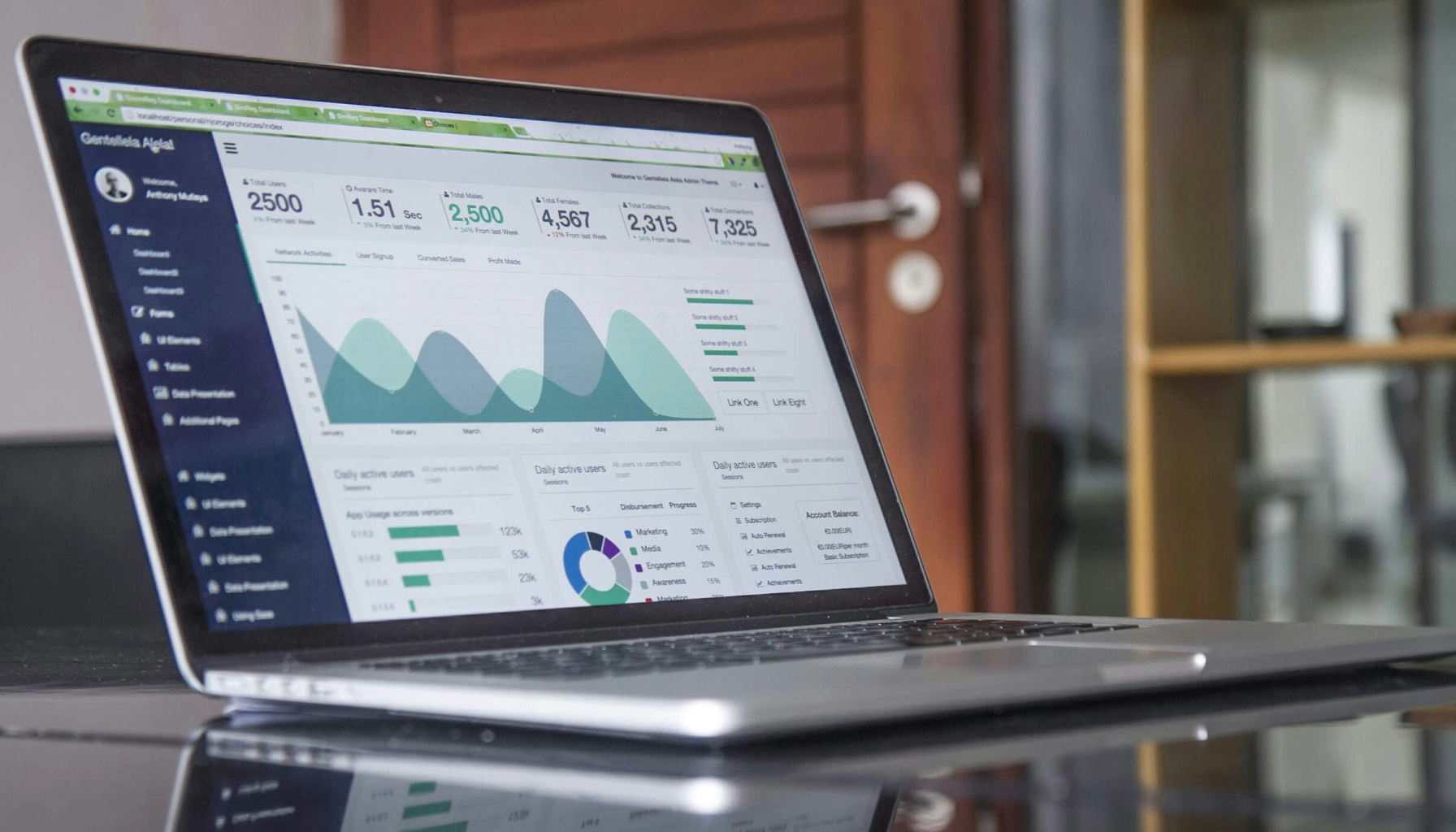The use of artificial intelligence (AI) tools in B2B public relations is becoming increasingly common. Once met with skepticism, these technologies are now recognized by PR practitioners as powerful time-savers, completing tasks in seconds that once took hours.
According to Muck Rack, a platform connecting PR professionals and journalists, three out of four PR pros reported using generative AI in 2024 — a threefold increase from the previous year.
The reason? AI tools streamline processes and improve efficiency. Here’s a closer look at the role of AI in public relations.
The Evolution of Technology in B2B Public Relations
Prior to having digital outreach and tech tools, traditional B2B public relations tactics were time-consuming. Relying heavily on manual work, it would take days to research media outlets, create media lists, pitch editors, distribute press releases, search for placements and produce reports.
The rise of social media, content marketing and search engine optimization (SEO) expanded the ways PR professionals could engage their clients’ audiences. Instead of relying solely on traditional media coverage — which in the case of B2B PR focuses closely on trade publications — tactics expanded to include posting and sharing thought leadership articles, distributing and tracking press releases via digital platforms and leveraging social media to directly communicate with customers, prospects and stakeholders.
Data-driven PR emerged as a game-changer, enabling practitioners to more precisely measure the impact of campaigns. With digital tools, PR pros could better track media placements and evaluate each one. This shift allowed B2B brands to target niche audiences more effectively and demonstrate results with data.
AI has revolutionized digital PR by monitoring brand mentions across multiple platforms, analyzing sentiment and delivering actionable insights, to name a few of its many advantages.
Applications for AI in Public Relations
AI-powered tools can quickly find and analyze media coverage, social media mentions and industry trends as they happen. This gives PR pros a targeted look at what customers, prospects and competitors are discussing. For example, you can prompt an AI search to find the top ten stories of the day in a particular industry or marketplace. Or you can search for media mentions of your client over a specific timeframe. AI is also useful for brainstorming content topic ideas and conducting research. Just be sure to request links to sources in your prompt to prevent using a competitor’s content as a resource for your client’s pieces.
Here are a few more applications:
Content Creation and Optimization
In a January 2025 Muck Rack survey on generative AI usage, respondents reported using it for various PR tasks:
- 82% – Brainstorming
- 72% – Drafting initial content
- 70% – Editing or refining existing drafts
- 59% – Researching and writing social copy
- 51% – Writing press releases
- 51% – Crafting pitches
- 42% – Planning and strategy
- 21% – Finding journalists
- 16% – Generating images to complement content.
Clearly, when using AI to automate content creation, it’s important to closely review and edit your work. Make sure the content copy resonates with your client’s messaging, brand and personality clearly and accurately. Only you, through your relationship with your client, can bring this knowledge and familiarity to the work.
Crisis Management and AI Alerts
Responding swiftly to a crisis can be the difference between containment and escalation. AI-powered tools enable real-time monitoring of online media reporting and social discussions, spotting early indicators of potential PR issues. By analyzing sentiment and identifying key sources of negativity, AI helps teams assess the severity and reach of a situation, allowing them to prioritize responses strategically.
AI can also enhance crisis communications by generating rapid-response messaging that aligns with the brand’s voice while addressing specific concerns. This enables PR teams to react quickly and effectively, minimizing reputational risks and maintaining brand credibility.
AI Policy and Ethical Considerations
Without a clear policy, navigating the safe use of AI in public relations can be confusing and lead to hesitation. If you’re a PR professional in a large company with an existing AI policy, your team may need a version tailored specifically to communications activities. Start by having team members evaluate various AI tools to determine their effectiveness and efficiency for public relations. Once a policy is established, conduct AI training sessions to ensure the team understands the guidelines, tools and best practices for responsible use.
Ethically using AI for content creation means being transparent about its role. Presenting a fully AI-generated piece as entirely your own work crosses an ethical line. However, using AI as a tool to enhance your efficiency while actively contributing to and shaping the final product is a legitimate and responsible practice.
In addition, using AI in public relations runs the risk of over-reliance on automation. Maintaining authenticity and the human touch is still key to building relationships with the media, customers, prospects and stakeholders whose positive public opinion of your company helps to build your brand’s success.
Summing It Up
When using AI in public relations, it’s crucial to strike a balance between leveraging technology and preserving the human element. Ethical storytelling, responsible data and technology use and adherence to fundamental PR principles remain essential — even in the absence of a formal company policy. Embracing AI-driven tools is no longer optional; it’s a necessity for PR professionals aiming to work smarter, faster and more effectively.

